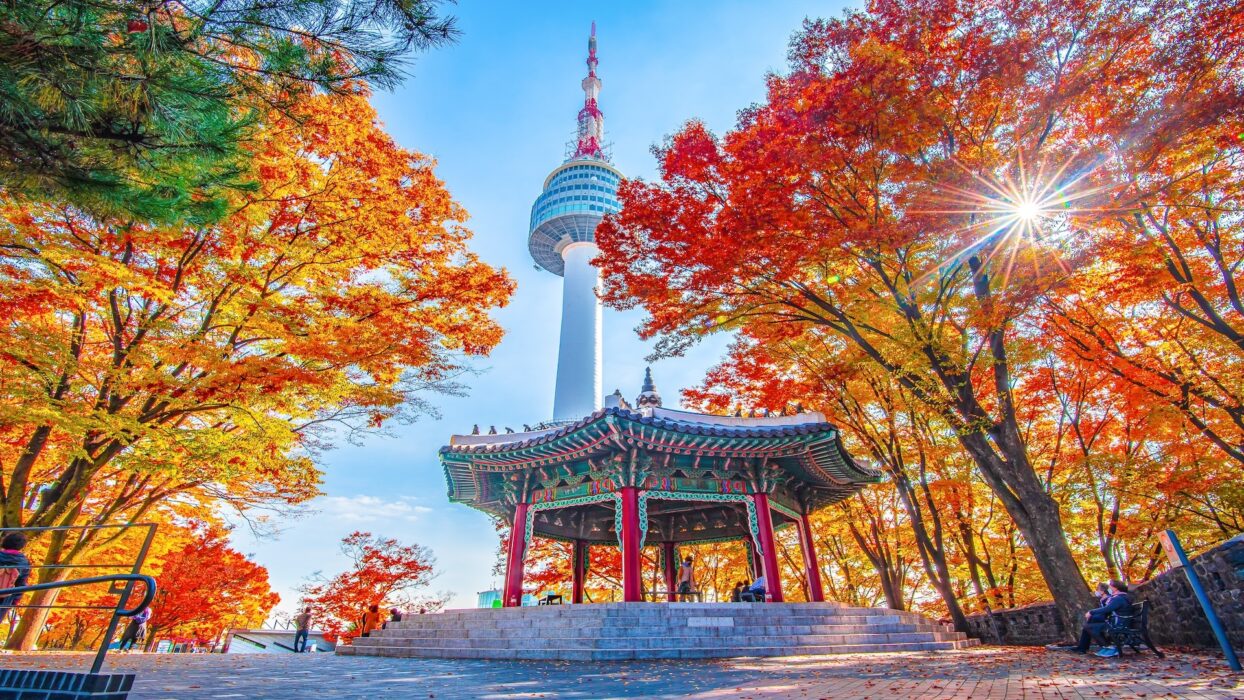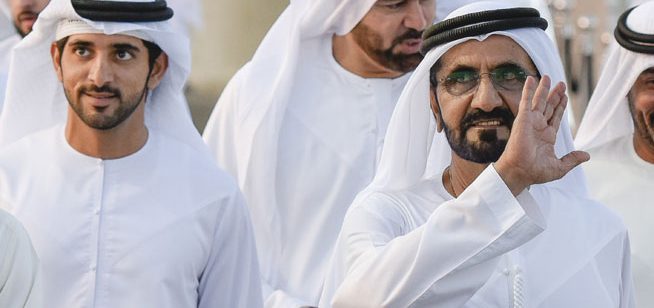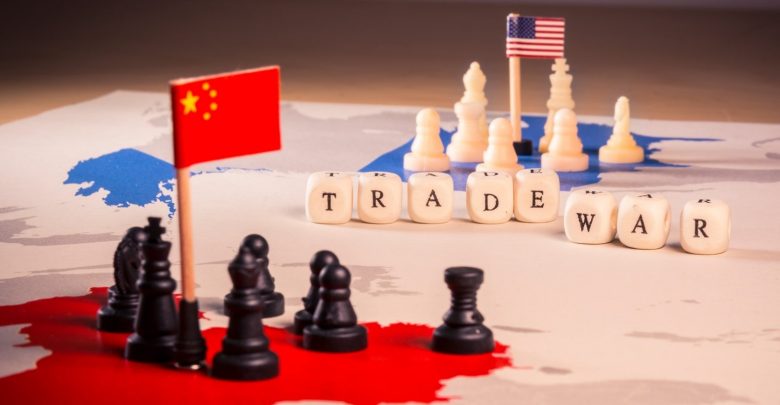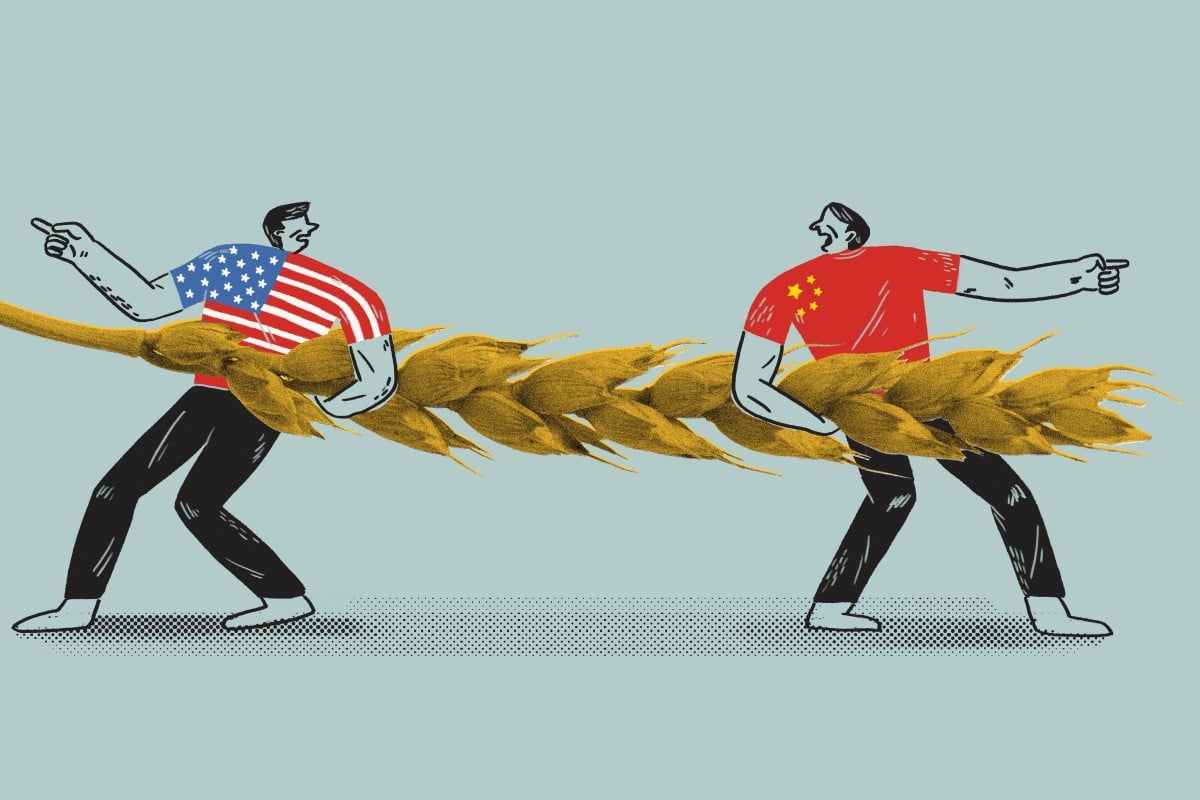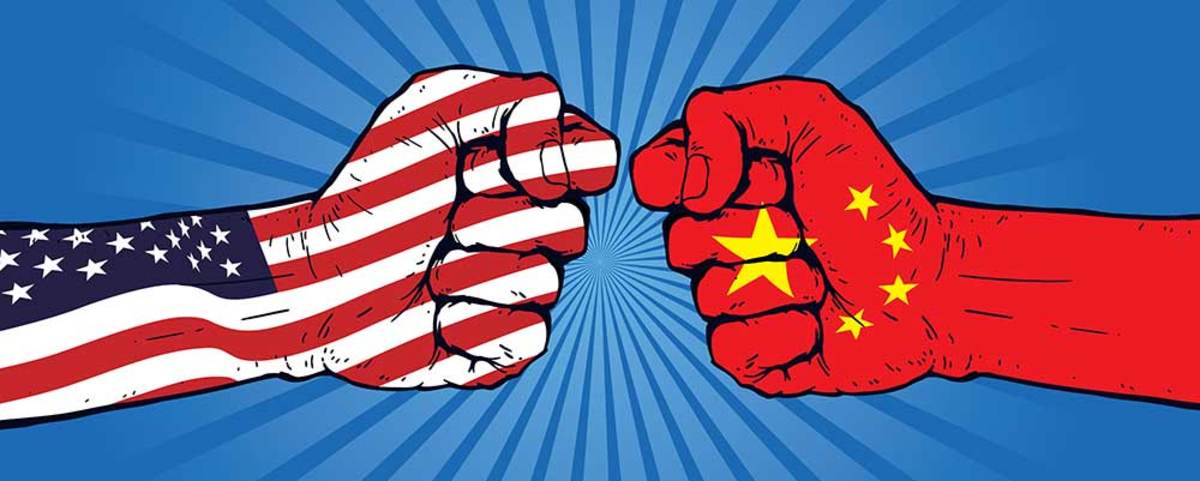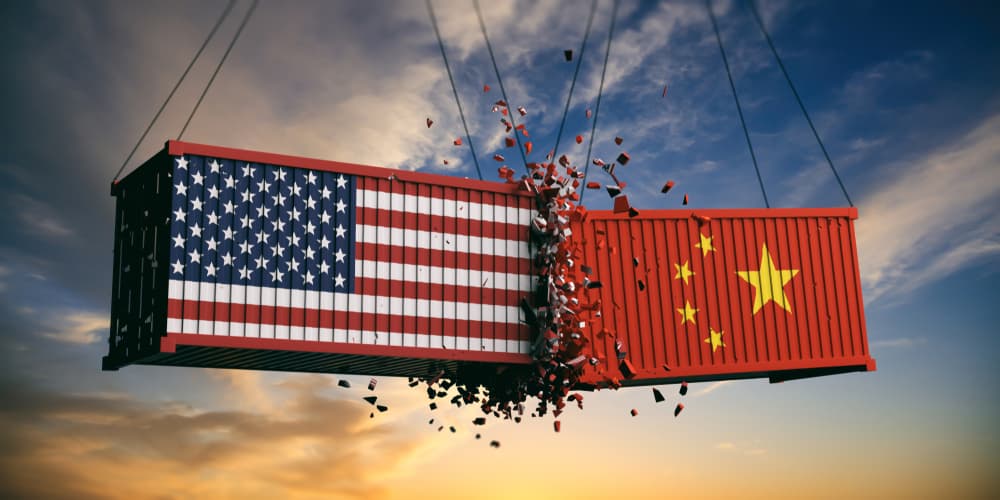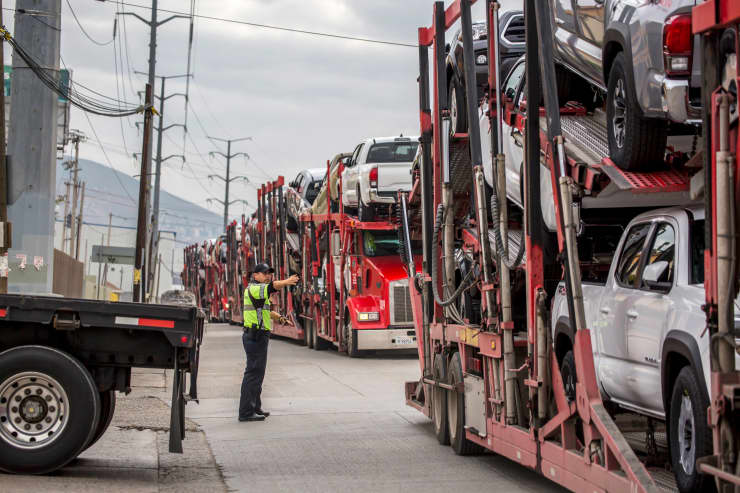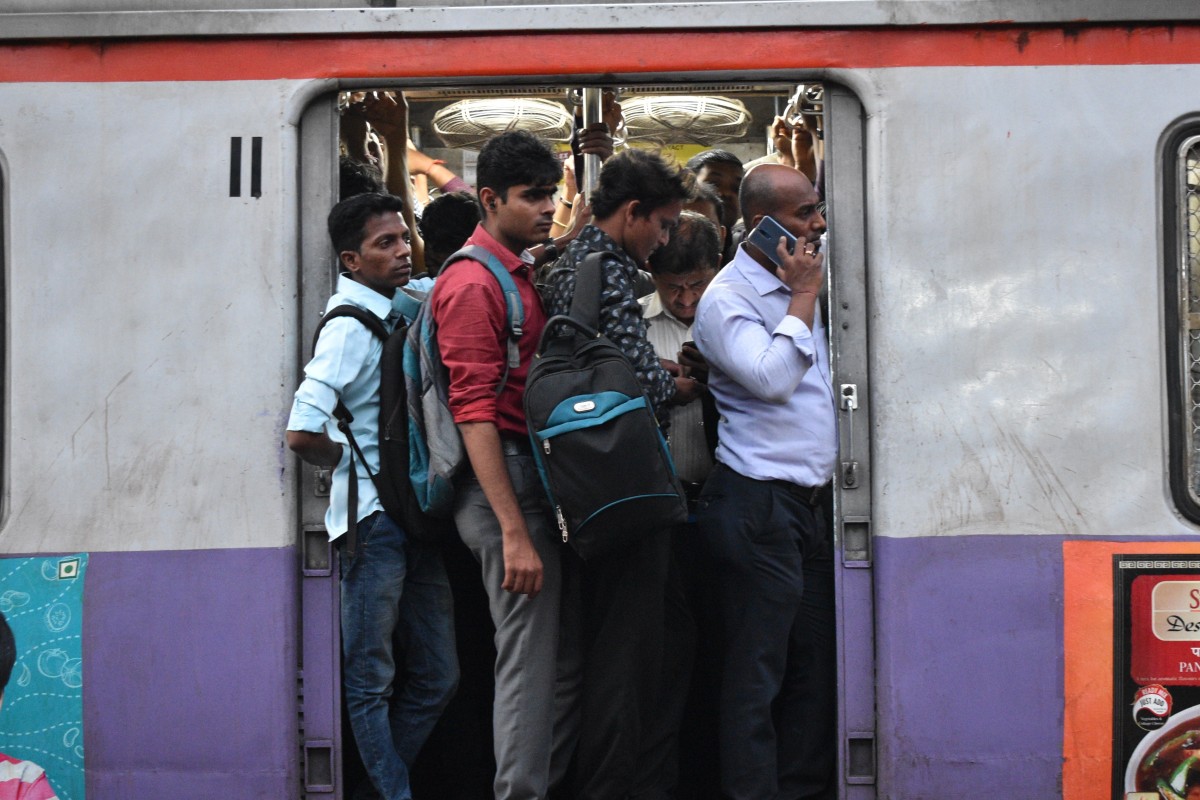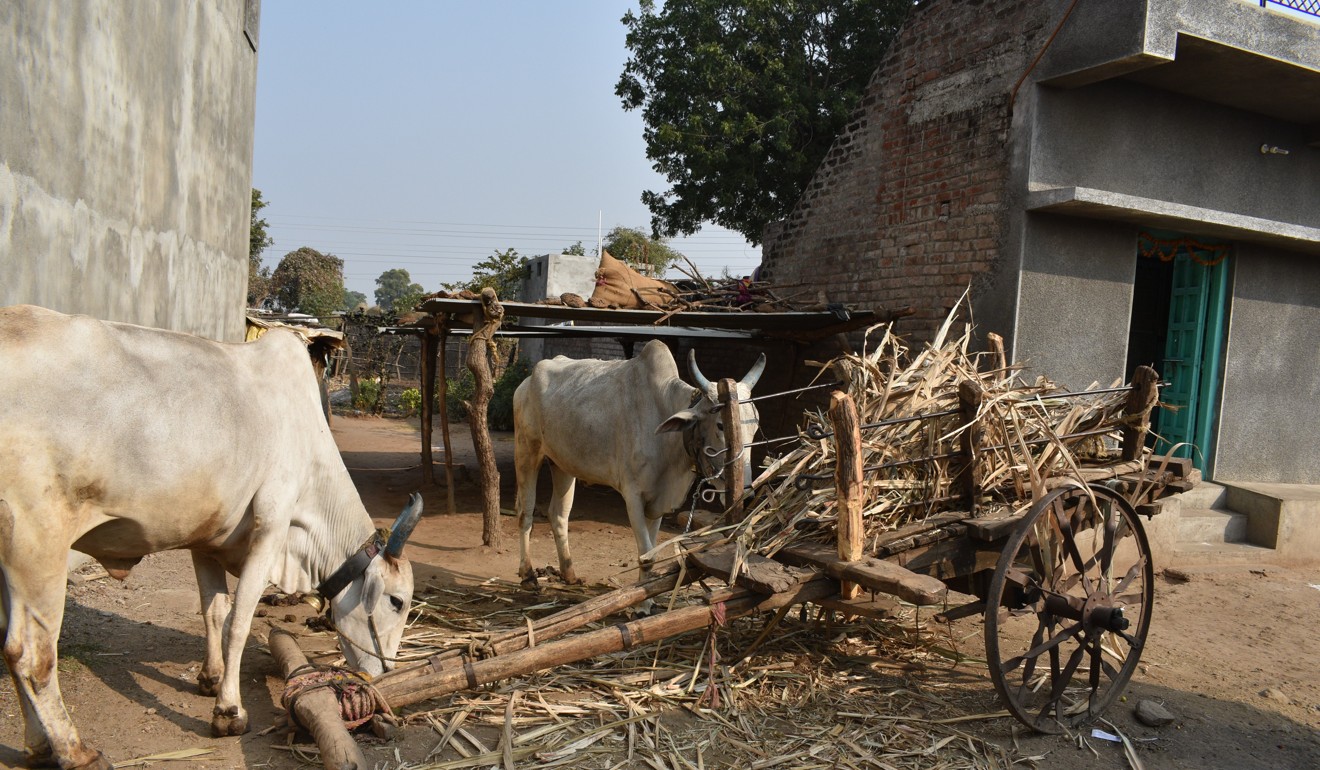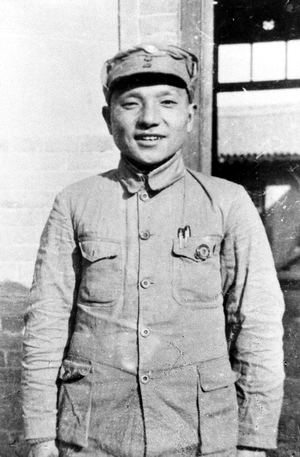Trump sends handwritten letter to Powell demanding ultra-low interest rates
'Should be investigated': Leavitt says Trump could revoke mayoral candidate's citizenship
Grounded Greatness: The Case For Smart Surface Transit In Future Cities
The Garden Of Last Debates (novel)
Deported (novel)
Empty Country (novel)
Trump’s Default: The Mist Of Empire (novel)
The 20% Growth Revolution: Nepal’s Path to Prosperity Through Kalkiism
Rethinking Trade: A Blueprint for a Just and Thriving Global Economy
The $500 Billion Pivot: How the India-US Alliance Can Reshape Global Trade
Trump’s Trade War
Peace For Taiwan Is Possible
Formula For Peace In Ukraine
A 2T Cut
Are We Frozen in Time?: Tech Progress, Social Stagnation
The Last Age of War, The First Age of Peace: Lord Kalki, Prophecies, and the Path to Global Redemption
AOC 2028: : The Future of American Progressivism
I agree. I agreed a month ago. Let's go!
— Paramendra Kumar Bhagat (@paramendra) June 30, 2025
The Tesla Of Political Parties https://t.co/NpochJijnS
Grounded Greatness: The Case For Smart Surface Transit In Future Cities
The Garden Of Last Debates (novel)
Deported (novel)
Empty Country (novel)
Trump’s Default: The Mist Of Empire (novel)
The 20% Growth Revolution: Nepal’s Path to Prosperity Through Kalkiism
Rethinking Trade: A Blueprint for a Just and Thriving Global Economy
The $500 Billion Pivot: How the India-US Alliance Can Reshape Global Trade
Trump’s Trade War
Peace For Taiwan Is Possible
Formula For Peace In Ukraine
A 2T Cut
Are We Frozen in Time?: Tech Progress, Social Stagnation
The Last Age of War, The First Age of Peace: Lord Kalki, Prophecies, and the Path to Global Redemption
AOC 2028: : The Future of American Progressivism
I am heartbroken by the news from Colorado where Karen Diamond, a victim of the vicious attack earlier this month, has passed away.
— Zohran Kwame Mamdani (@ZohranKMamdani) June 30, 2025
May Karen’s memory be a blessing and a reminder that we must constantly work to eradicate hatred and violence. https://t.co/zDHK5bBJqe
Grounded Greatness: The Case For Smart Surface Transit In Future Cities
The Garden Of Last Debates (novel)
Deported (novel)
Empty Country (novel)
Trump’s Default: The Mist Of Empire (novel)
The 20% Growth Revolution: Nepal’s Path to Prosperity Through Kalkiism
Rethinking Trade: A Blueprint for a Just and Thriving Global Economy
The $500 Billion Pivot: How the India-US Alliance Can Reshape Global Trade
Trump’s Trade War
Peace For Taiwan Is Possible
Formula For Peace In Ukraine
A 2T Cut
Are We Frozen in Time?: Tech Progress, Social Stagnation
The Last Age of War, The First Age of Peace: Lord Kalki, Prophecies, and the Path to Global Redemption
AOC 2028: : The Future of American Progressivism
🎯🎯🎯
— Paramendra Kumar Bhagat (@paramendra) June 30, 2025
https://t.co/ZiMOtZ1ZIa pic.twitter.com/fTvZSKEffe
— Ways and Means Democrats (@WaysMeansCmte) June 30, 2025
Trump folds in his absurd lawsuit against Ann Selzer and the Des Moines Register https://t.co/u15aiEXR2p
— MeidasTouch (@MeidasTouch) June 30, 2025
Former Fetterman aide https://t.co/4EJHbPDAfD
— Igor Bobic (@igorbobic) June 30, 2025
Grounded Greatness: The Case For Smart Surface Transit In Future Cities
The Garden Of Last Debates (novel)
Deported (novel)
Empty Country (novel)
Trump’s Default: The Mist Of Empire (novel)
The 20% Growth Revolution: Nepal’s Path to Prosperity Through Kalkiism
Rethinking Trade: A Blueprint for a Just and Thriving Global Economy
The $500 Billion Pivot: How the India-US Alliance Can Reshape Global Trade
Trump’s Trade War
Peace For Taiwan Is Possible
Formula For Peace In Ukraine
A 2T Cut
Are We Frozen in Time?: Tech Progress, Social Stagnation
The Last Age of War, The First Age of Peace: Lord Kalki, Prophecies, and the Path to Global Redemption
AOC 2028: : The Future of American Progressivism
Under Trump and Republicans’ “Big Beautiful Bill,” 17 MILLION people will lose their health care.
— Elizabeth Warren (@SenWarren) June 30, 2025
That’s your grandma with a walker, your niece who was born with a life-threatening condition, and your neighbor whose kid just broke his arm. pic.twitter.com/lJfikrljDz
"The IDF confirmed that in the most serious incident involving shelling of civilians, between 30 and 40 people were targeted—some killed, others wounded to varying degrees."
— Adil Haque (@AdHaque110) June 30, 2025
Those who said accusing the IDF of such acts is blood libel will now say these acts are legal and moral. https://t.co/w7oH3b7reT
Congrats. Do you want product ideas?
— Paramendra Kumar Bhagat (@paramendra) June 30, 2025
You and Mamdani should team up. He also has child care ideas.
— Paramendra Kumar Bhagat (@paramendra) June 30, 2025
Grounded Greatness: The Case For Smart Surface Transit In Future Cities
The Garden Of Last Debates (novel)
Deported (novel)
Empty Country (novel)
Trump’s Default: The Mist Of Empire (novel)
The 20% Growth Revolution: Nepal’s Path to Prosperity Through Kalkiism
Rethinking Trade: A Blueprint for a Just and Thriving Global Economy
The $500 Billion Pivot: How the India-US Alliance Can Reshape Global Trade
Trump’s Trade War
Peace For Taiwan Is Possible
Formula For Peace In Ukraine
A 2T Cut
Are We Frozen in Time?: Tech Progress, Social Stagnation
The Last Age of War, The First Age of Peace: Lord Kalki, Prophecies, and the Path to Global Redemption
AOC 2028: : The Future of American Progressivism
Grounded Greatness: The Case For Smart Surface Transit In Future Cities
The Garden Of Last Debates (novel)
Deported (novel)
Empty Country (novel)
Trump’s Default: The Mist Of Empire (novel)
The 20% Growth Revolution: Nepal’s Path to Prosperity Through Kalkiism
Rethinking Trade: A Blueprint for a Just and Thriving Global Economy
The $500 Billion Pivot: How the India-US Alliance Can Reshape Global Trade
Trump’s Trade War
Peace For Taiwan Is Possible
Formula For Peace In Ukraine
A 2T Cut
Are We Frozen in Time?: Tech Progress, Social Stagnation
The Last Age of War, The First Age of Peace: Lord Kalki, Prophecies, and the Path to Global Redemption
AOC 2028: : The Future of American Progressivism

